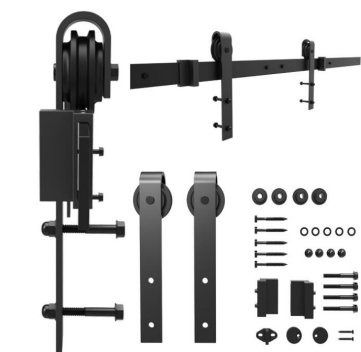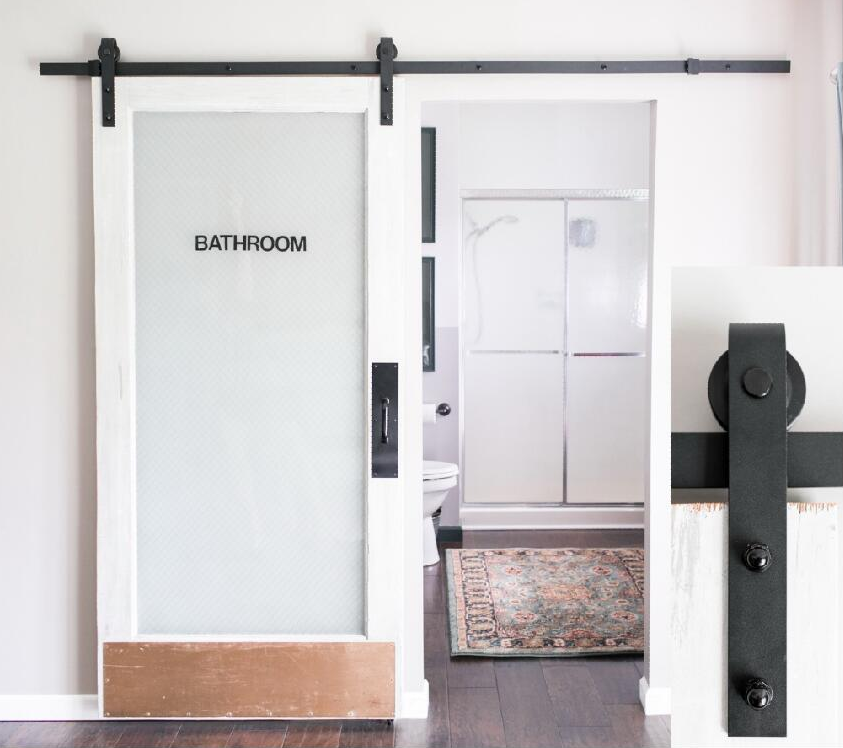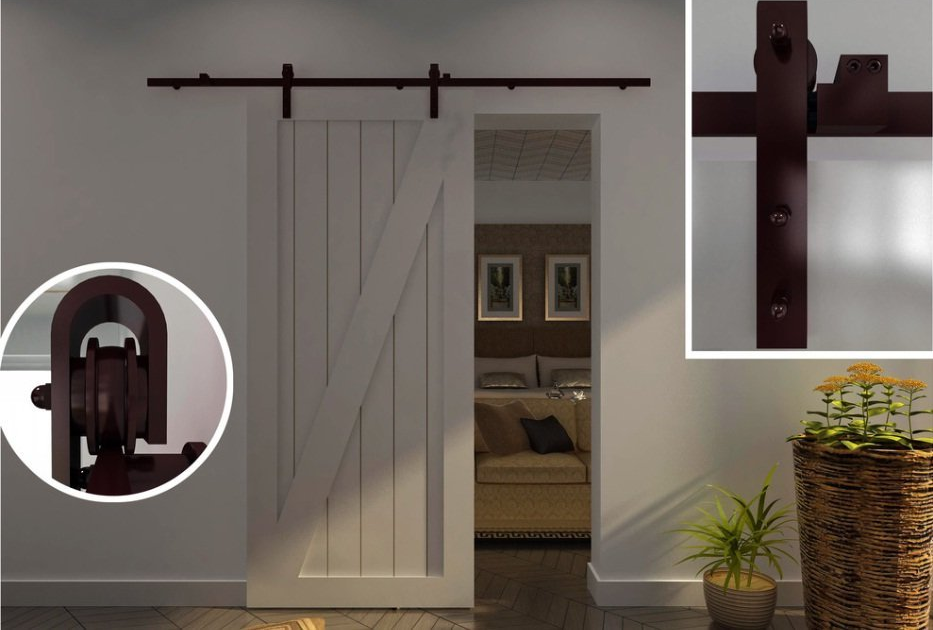1. Remove the full face mask and use a neutral or weakly alkaline disinfectant to wash the mouth or nose mask of the full face mask and the person's face or forehead contact. Scrub the exhalation valve piece; finally, wipe with water. Washed parts should naturally dry.
2. Remove the air bottle from the back tool, clean the oil mist and dust on the equipment, and check for any damaged parts.
3. Inflate the air bottle.
4. The inflated air bottle is connected to the alkali pressure regulator and fixed on the backing.
5. Check the air respirator according to the preparation requirements before use.
6. Air bottle inflation method and precautions:
(1) Close the bottle head valve and remove the air bottle assembly from the backing.
(2) Connect the cylinder group to the output interface of the air compressor. Pay attention to visually inspect the air bottle's net water pressure date, whether there are deep nicks, cuts, and whether the bottle valve is damaged. If damage is found, repair it in time and use it only after passing the test.
(3) Open the bottle valve knob and press the air compressor power switch to inflate to 30Mpa.
(4) Allow the air bottle to cool naturally before inflating to 30Mpa. Be careful not to over pressurize the cylinder group.
(5) Close the bottle head valve, vent the remaining air in the inflation line, and then remove the cylinder group from the inflator.
(6) Assemble the cylinders on the backing or store them separately for use.
Air respirator inspection and maintenance
1. Routine routine inspection and maintenance 1.1 Checking the airtightness of the complete machine Close the air intake valve of the air respirator supply valve, open the bottle head valve, and then close the bottle head valve after 2 minutes. The pressure gauge will drop within 1 min after the bottle head valve closes. The value should not be greater than 2Mpa. If the pressure drop within 1 min is greater than 2 MPa, check the hermeticity of each part and connection separately.
1.2 The alarm pressure of the alarm Open the gas cylinder bottle valve, and close the bottle valve when the indicated value of the pressure gauge rises above 7Mpa. Observe the drop of the pressure gauge until the alarm begins. The alarm starting pressure should be between 5.5Mpa and 0.5Mpa. . If the alarm starting pressure exceeds this range, the alarm should be removed and the components checked for integrity. If damaged, new parts should be replaced.
1.3 Matching check of the supply valve and full face mask Close the intake valve of the supply valve. After wearing the full face mask, open the bottle head valve and hear a “click†sound when inhaling; for breath and breath hold, supply The gas valve should stop gas supply, there is no "click" sound, indicating that the supply valve and full face mask match well. If the air supply valve is still supplying air during exhalation and holding of breath, you can also hear a "click" sound, indicating a mismatch. At this time, the supply valve and the full-face mask should be thoroughly inspected or the supply valve and full-face mask replaced, and the matching inspection should be performed again until it is qualified.
2. Routine maintenance 2.1 Air bottles and bottle head valves (1) Air bottles should avoid collisions, scratches, and percussions. Avoid high-temperature baking and cold freezing and exposure to sunlight. Paints should be removed and repaired in a timely manner to prevent rust on the bottle walls.
(2) The air cylinder should be used according to the date marked on the cylinder. Regular inspections should be carried out. The hydraulic pressure test should be carried out every three years. It can be used only after being qualified.
(3) The air in the air bottle cannot be completely exhausted, and there should be a remaining pressure not less than 0.05 MPa.
(4) When the bottle head valve is removed and repaired and the air bottle is reinstalled, the airtightness test of 28 Mpa~30 Mpa is required.
The Interior Barn Door Hardware can save space and add some style by installing a barn door or two in your home. Maybe you have salvaged an old door from an actual barn, or purchased a prefabricated door, or even built your own. No matter the case, your door requires a unique set of hardware to properly install it, and many options are available in terms of style and appearance. We'll get you familiar with the Barn Door Hardware that you need.
A set of Interior barn door hardware kits,including 1 rail,2 hanger sets,5 stand-offs and screws,2 anti-jumpers,2 door stoppers ,1 floor guide and other accessories.
The Material is Carbon steel,they have different size such as 5ft,6ft,6.6ft,8ft etc.
You can make any color you like,powder coating black,white,green,electroplating gold,antique brass and other customization.The loading weight Not more than 120kgs.



Barn Door Hardware
Interior Barn Door Hardware,Barn Door Hardware,Bypass Barn Door Hardware,Sliding Barn Door Hardware,Barn Door Kit,Interior Barn Door Hardware Set
Foshan Nanhai Xin Jianwei Hardware Co., Ltd , http://www.aaghardware.com